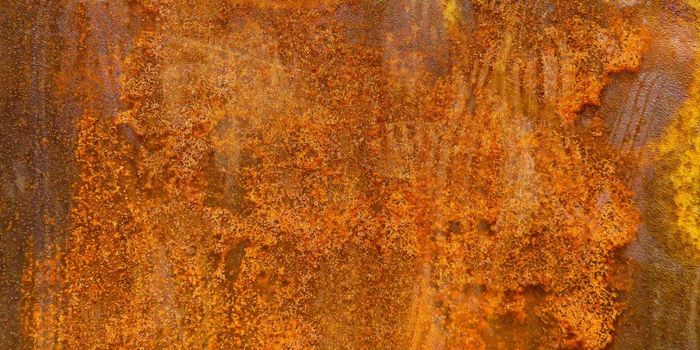In Greek mythology, a chimera is a fire-breathing beast made up of part lion, part goat, and part snake. Of course a trans-species hybrid is all fiction, but human chimeras are real and far more common than we suspect. In genetics and medicine, the term chimera refers to a person who biologically possesses more than one set of unique DNA materials.
Human chimerism involves a freaky vanishing act by a fraternal twin: Very early in embryonic development, two fertilized fraternal eggs occasionally join together with the death of one set of cells. The surviving cells can absorb the cells of its twin as it develops, resulting in a baby that contains a mixture of two sets of DNAs. This is known as tetragametic chimerism, or the vanishing twin syndrome.
Sound impossible? Until recently, scientists thought so too! But the many documented cases of chimerism show that not only is it possible, it probably happens more often than we suspect. The outward hints of chimerism are few, including different colored eyes (heterochromia iridium) or striping on the skin that's visible only with UV light (Blaschko's lines). Even so, the unique state of being a chimera can only be proven with extensive DNA testing, although these can sometimes be inconclusive. As such, many of us may be completely oblivious to our chimeric nature.
While chimerism is an utterly fascinating natural phenomenon, it presents unique challenges to blood-based DNA matching tests. Additionally, possessing two sets of DNA in your cells can complicate medical diagnoses and treatment outcomes. In short, being your own twin is wicked cool, but it can also carry a heavy burden of medical proof.








